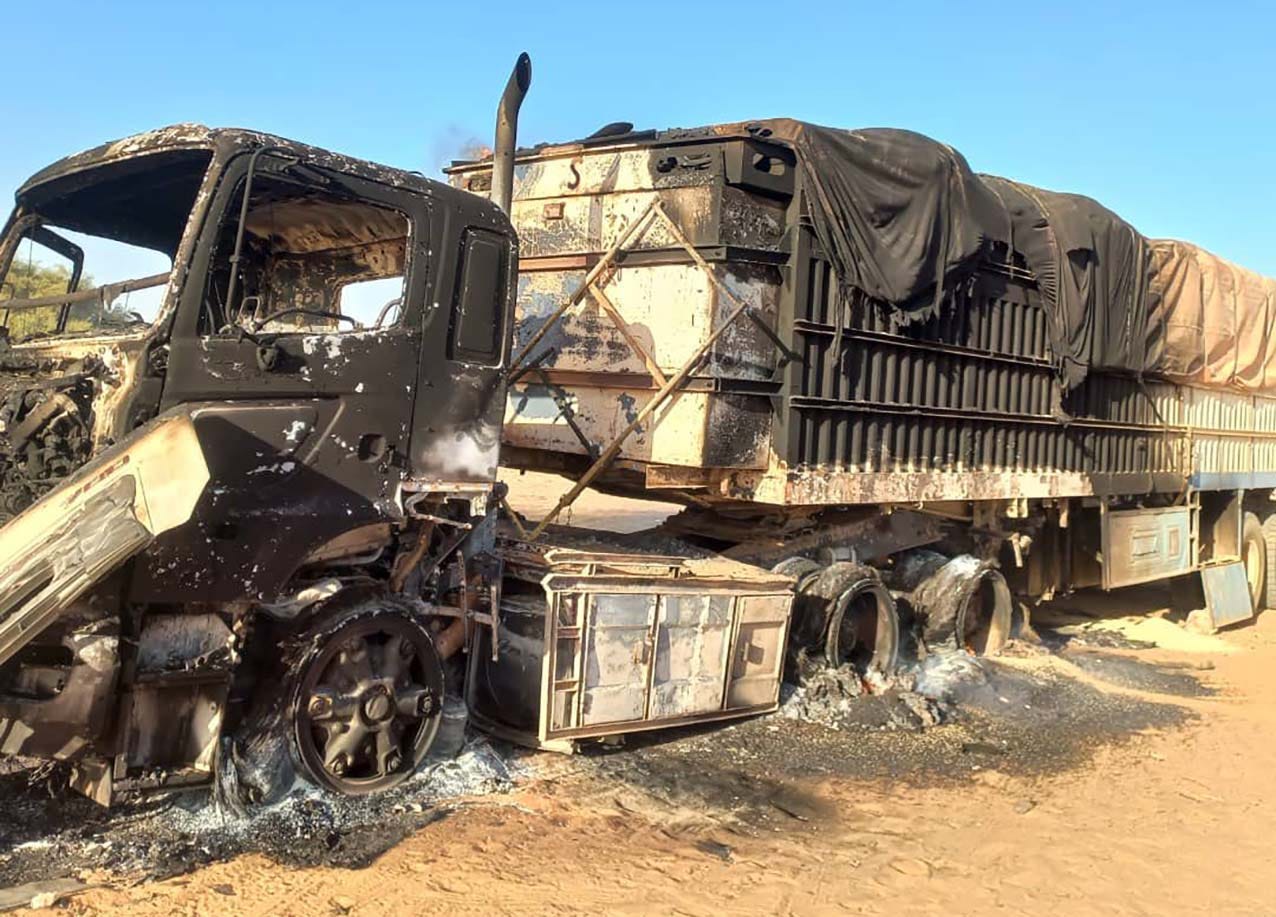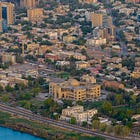Sudan aid convoy hit in deadly strike
Belligerents are still targeting food aid for destruction in the worst humanitarian disaster.
Two years into the war between the Sudanese Armed Forces (SAF) and the Rapid Support Forces (RSF), more than half of the country’s population needs humanitarian support. Yet this week, one of the belligerents attacked a 15-truck food aid convoy heading to besieged El Fasher, setting the vehicles on fire, incinerating the food on board, and killing five United Nations workers, says a joint statement from Unicef and the World Food Programme. Several more people were injured.
The SAF claims that the RSF did it with “criminal drone attacks”. In turn, the paramilitary group says the trucks were attacked in airstrikes by Sudan’s army.
El Fasher, located more than 800km southwest of Khartoum, is the capital of North Darfur and the last major city in the region that the RSF has not overrun. For more than a year, the RSF has sought to wrest control of El Fasher from the army, launching regular attacks on the city and two major famine-hit camps for displaced people on its outskirts.
Prior to the current war, El Fasher had become home to hundreds of thousands of people who fled the earlier Darfur genocide by the Janjaweed militia which later became RSF. El Fasher’s population grew from 200,000 before that genocide to over 500,000 by 2009. Many of these people didn’t return to the outlying areas. They are now at high risk of starvation, according to the UN.

As the war rages on, the resistance committees are keeping Sudan’s revolution alive – but only just
The year-long siege initially triggered massive price inflation on the food that was in El Fasher and as the blockade went on, those supplies ran out, while new supplies were restricted by RSF presence along the routes into the town.
The UN estimates that three out of every five people living in Sudan need humanitarian support, the highest figure on record in the history of modern humanitarian responses, according to charity Concern Worldwide. It has increased by 23% in the last year.





